Automatic CPU Overclocking – Ratio First:
We are testing out the conventional automatic overclocking profiles to see how Asus has tuned the Sabertooth Z97 Mark 1. The EZ Tuning Wizard will be examined in our upcoming review of the Asus Z97-A where it serves more relevance to that board's target audience.
Opting for the ‘Ratio First’ automatic overclocking mode allows the motherboard to adjust CPU ratio settings while keeping the BCLK frequency locked. With our system, this resulted in a dynamic overclock for our 4770K with a slight boost in voltage.
The base multiplier was set at 41x but, dependent upon the number of cores being utilised, a CPU ratio of up to 43x was available. A slight increase in VCore, boosting it up to the 1.21V-mark, was applied during loading to increase stability. Memory parameters remained unchanged with our sticks operating at their standard XMP settings.
Automatic CPU Overclocking – BCLK First:
As the name would suggest, the ‘BCLK First’ overclocking profile adjusts the BCLK frequency to increase the CPU speed. Our system utilised the 1.25x CPU BCLK strap to provide a 125MHz base frequency.
Using a static CPU multiplier of 34x, our 4770K processor was operating at 4.25GHz. Memory frequency was dropped to 2000MHz which was slightly frustrating considering that we are using high-spec 2400MHz sticks. Impressively, CPU VCore was kept at the multi-core turbo level of 1.2V, despite the 350MHz frequency boost.
Manual CPU Overclocking:
To test the Asus Sabertooth Z97 Mark 1 motherboard’s CPU overclocking potential, we first increased the CPU VCore to 1.325V, Cache voltage to 1.275V, and CPU Input Voltage to 1.900V. The CPU Cache ratio was maintained at 39x and LLC was set to ‘Auto’.
Thanks to Asus’ excellent and easy to use UEFI interface, applying a manual overclock was as simple as changing the CPU ratio and adjusting the relevant voltages.
For an all-core overclock, the ‘Sync all cores’ option should be selected. The ‘Per core’ option can be used to adjust the frequency that each core will boost to when a different workload is applied.
The Sabertooth Z97 Mark 1 had no problems taking our chip to its limit of stability – 4.5GHz.
We pushed for stability at 4.6GHz, but as has been the case for every other LGA 1150 motherboard that we have tested with our 4770K, a BSOD would quickly ruin our attempts.
We cannot comment on voltage accuracy because, as we have already pointed out, subsequent to testing this motherboard we recognised reading issues using CPU-Z with some boards. Our future reviews will update the recording procedures accordingly to analyse voltage accuracy of the motherboard’s power delivery system.
 KitGuru KitGuru.net – Tech News | Hardware News | Hardware Reviews | IOS | Mobile | Gaming | Graphics Cards
KitGuru KitGuru.net – Tech News | Hardware News | Hardware Reviews | IOS | Mobile | Gaming | Graphics Cards


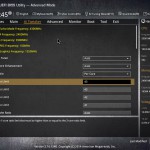
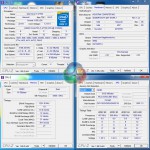
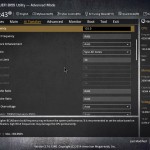
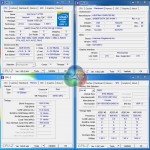
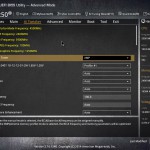
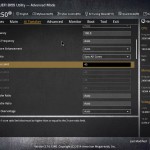
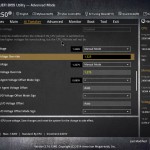
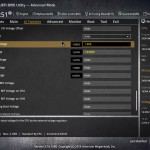
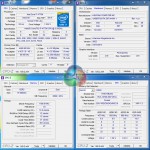
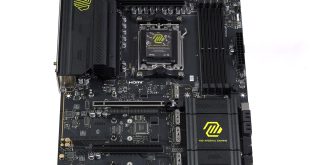
Luke, brilliant review and so much detail, took me 30 minutes reading it this morning. I love Kitguru’s motherboard (and GPU) reviews! This is top of my shortlist when the new K series come out.
What is going on? Why is everyone copying the ASUS red and black board designs? Nice to see ASUS (who started it all) using different colours.
Sabretooth are my favourite boards. always have been. ill be getting this one soon
I think thermal armor is a gimmick in regards to temperatures, but I like the dust protection and protection over the capacitors. I can be rough on the boards when installing them. Nice looking board – interested in SATA express too, as I have a lot of large files I move around often
based on your reviews I included the sabertooth mark 1 in my new build, also your reviews let me decide my gpu, gigabyte GTX770OC, psu seasonic X-Series 650W KM3 gold and now my ram, G.Skill ARES 16 g kit. Cheers for taking the stress out of my build
May I turn-off the small fans? Or just remove them? It is
going to have some significant impact in the performance or will the MB get
overheated?
Thanks!